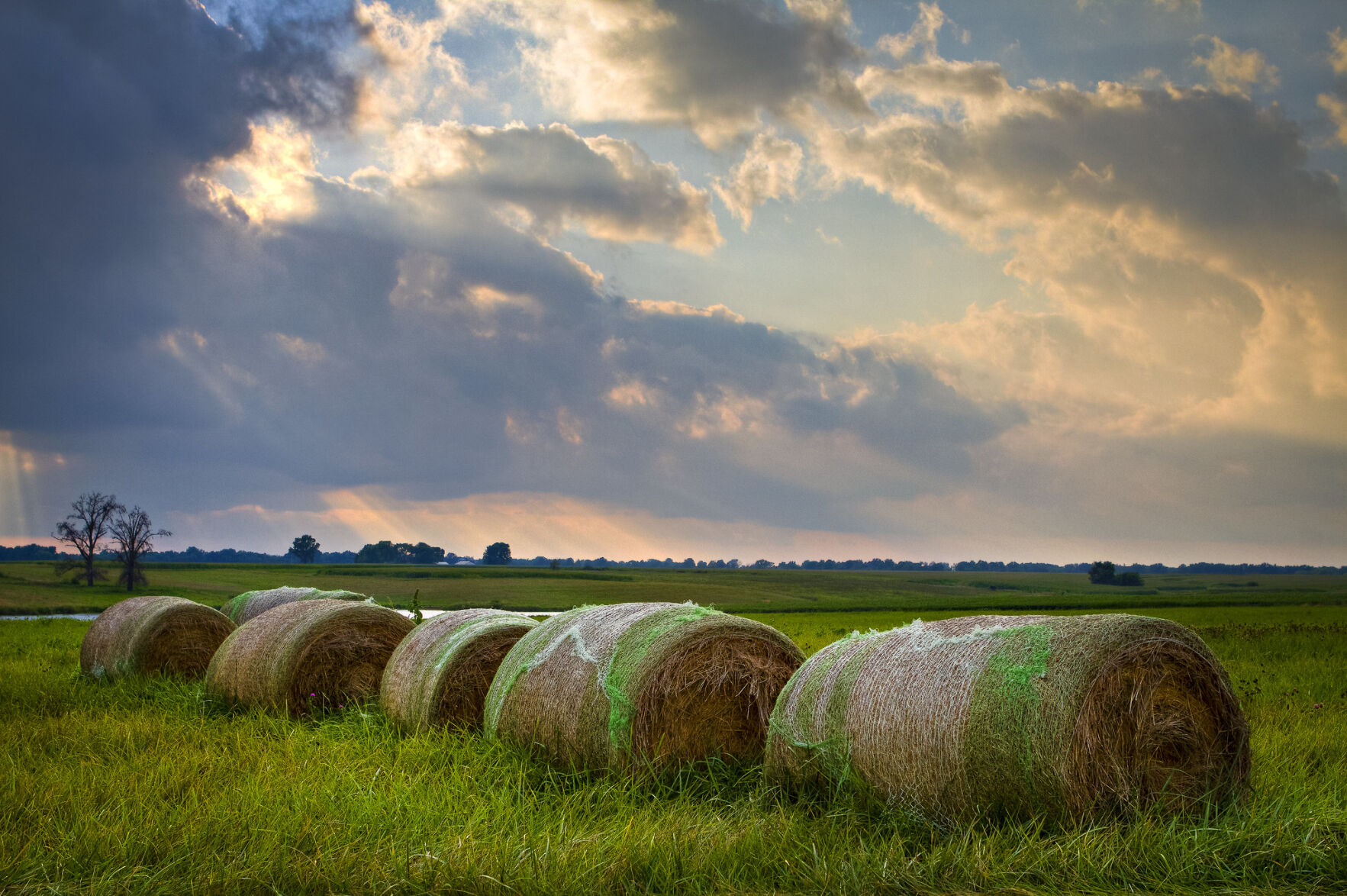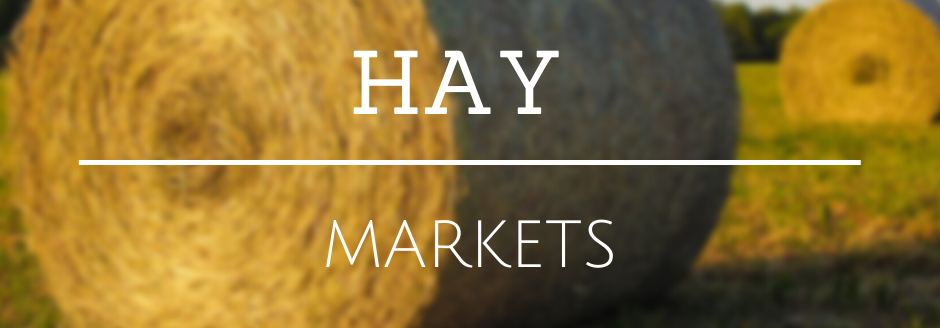State-By-State Hay Summary

Colorado—In the May 2 report, compared to the last report, trade activity light on light to moderate demand. Stable hay sold mostly steady.
Missouri—In the May 2 report, compared to last report, the supply of hay is light to moderate, demand moderate and prices are mostly steady. Moisture brought field work to a halt this week. Haying and planting were put on hold and likely some spots at least could require some replanting. Pasture conditions are fair to mostly good and stock water supplies are adequate as most ponds are now full or nearly so.
Nebraska—In the May 2 report, reported hay sales sold steady to weak. Demand was very light to light. Some cattlemen have kicked out of summer grass, and many are getting ready to turn to grass so demand for that type of hay has slipped off extremely fast. Many prospective buyers think the hay could be a little cheaper this fall if Mother Nature doesn’t plague the state with a drought from east to west and north to south. Few, counties in the southeast area of the state remain dry of as last weeks U.S. drought monitor. Some producers have planted alfalfa instead of planting corn or soybeans.
Oklahoma—In the April 26 report, compared to the last report, the demand and trade remain low. Some new hay has been sold already but, old-crop hay continues to lower in price as we enter the new hay season. There are still barns full of old-crop hay that are trying to be sold and emptied for new-crop hay. Next report will be released May 10.
Texas—In the May 3 report, compared to last report, hay prices are mostly steady on old crop hay. First cutting is underway in portions of the south, east, north, and irrigated fields in the west. Pricing on new crop hay is still being discussed, and producers might have a better idea in the upcoming weeks depending on the quantity and quality of hay being put up now. Heavy bands of moisture are still making there way over the eastern portion of the state, but the rest of the regions could use some additional rainfall. Supplemental feeding of livestock is still taking place in the Panhandle, west, and some droughted out areas in the Trans-Pecos area as spring grasses have been slow to green up due to limited moisture. Pasture and rangeland conditions across the rest of the state are rated from fair to good, however more spring moisture is needed to sustain spring and summer stocking rates. Next report will be released May 17.
South Dakota—In the May 3 report, compared to last report, movement has been slow this past week, with some farmers out of hay until they start harvesting next month. South Dakota is mostly under normal soil conditions except for Western South Dakota is under abnormally dry soil conditions.
New Mexico—In the May 3 report, early season production is starting off strong with the southern and western part of the state having their first cutting down and baled demand is good. Alfalfa hay for the first cutting is 27% complete, some have started second cutting. According to NASS, hay and roughage supplies were reported as 33% very short, 54% short, 13% adequate, compared with 29% very short, 52% short, 18% adequate, and 1% surplus last week. Stock water supplies were reported as 54% very short, 29% short, 16% adequate, and 1% surplus, compared with 38% very short, 40% short, 21% adequate, and 1% surplus last week.
Wyoming—In the May 2 report, compared to last report, all reported hay sold steady on a thin test. Demand was very light to light. A load here and there, mostly going to people with horses. A few cattlemen have been getting a load of hay to feed until they can go to summer grass.
Montana—In the May 3 report, compared to last report, hay sold generally steady. Several loads of hay continue to sell into Canada. Although the U.S. dollar remains strong, many buyers are being forced to look for hay in the states as winter kill has limited spring grazing for some Canadian ranchers. Buying has been very active in northern Montana and in some locations in central Montana. Many locations remain dry and mountain snowpack is well below average, however a system is expected to bring more valley rain and mountain snow over the next week. Some rain fell across the state this past week but many producers reported only light precipitation. Supplies of hay remain heavy which is keeping hay prices near steady. Some producers are content to carry hay over into the next crop year and hope demand continues to improve. The best demand for feeder quality (utility and fair) hay remains around $130 to $150/ton delivered. Demand for straw is light as heavy straw supplies continue to be seen especially in the northern portion of the state.

